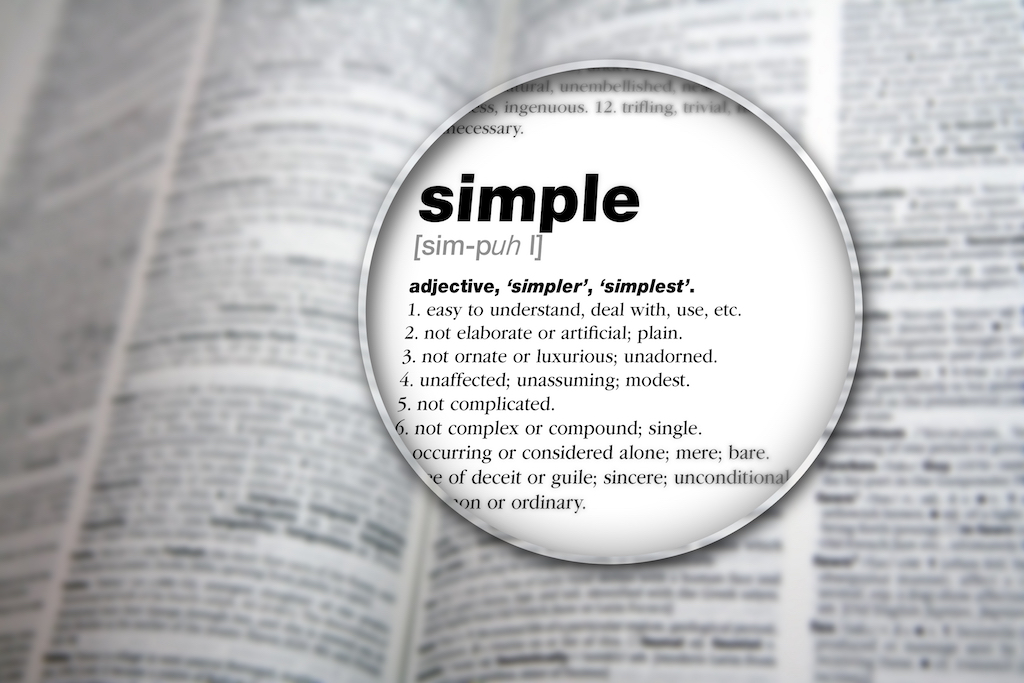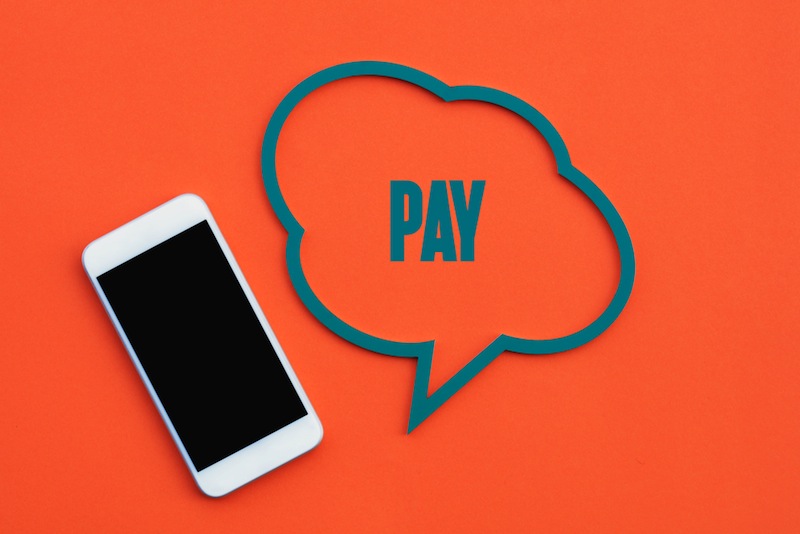Your first website doesn’t have to cost the earth, but it does have to do what your business needs. Here’s a dummy’s guide to getting started online.
-
Consider your objectives
The first thing to ask yourself before building a website is; what do you want it to do? For example, do you want it to serve as an online advertisement for your services, or do you want customers to be able to make purchases and track orders? Deciding your site objectives at the start will allow you to consider what site technologies and support requirements you’ll need going forward.
-
Get the domain
The last thing you want is to get your heart set on a domain name, build your website and then learn that the title you want is taken. There are plenty of hosting options out there. Try Godaddy.com if you are happy to use a dot com, or Blacknight if you want a dot ie.
One thing to note is that before receiving a dot ie domain, you must satisfy your hosting company that you are a registered business in the Republic of Ireland; this can be done with a valid RBN or VAT number coupled with a signed letter.
-
What do you need?
You’ve got a domain name, and you know what you want the site to do. Now consider; given your stated objectives, do you have the skills to build your website yourself, or do you need to hire a web designer?
If, for example, you have products you wish to sell directly via your site, you’ll need e-commerce software that manages a shopping cart, catalogue and payment methods. This may sound like the type of thing you need professional help with, but there are pre-built software options out there you can use.
What’s your budget? A professionally built site can cost anywhere from €600 to thousands of euro, so it’s really worth thinking about what you can do yourself, and what you can’t. If you lack real skills, do you have the time and inclination to learn them from the plethora of online resources available? Only hire a developer to do the work you are unable or unwilling to do yourself.
-
Get building
Building your website starts by choosing a Content Management System (CMS), the most popular being WordPress.
WordPress allows users to create and publish a website in a simple and straightforward manner, without the need for technical skills. It’s also highly cost-effective though some of its themes and plug-ins do cost money. WordPress will allow you to practice, make mistakes and experiment with its simple model, giving you the time to fine tune things before you publish the site and go live.
If your requirements are a little more demanding, there are of course plenty of other CMS options available with more sophisticated features and with eCommerce functionality.
MORE TIPS: How to build an excellent business website.
-
Think mobile
It’s important to remember that the way people use the internet is changing; an ever-increasing number of people are more likely to click on your website from their phone or tablet than they are on a desktop computer. WordPress sites come set-up for mobile, but if you are getting someone else to design your site make sure you have a discussion about how it will look on a hand-held device.
-
Optimisation
Now that your site is built, you’ve got to make sure it comes up when people search for the services your business provides on search engines like Google. This is done through SEO (search engine optimisation).
For a start, pick some keywords that potential customers are likely to search for, and make sure these words are featured prominently on your site. This will make it more likely that Google will find your site when it’s trawling through the ‘gazillion’ other web pages out there.
Next, consider installing an SEO tool like Google Webmaster Tools or a WordPress plugin like Yoast, which will help Google find your site.
-
Check everything, and then check again
You’re almost ready to go live. Before putting everything online, however, make sure to test everything. Click on every link, triple check your spelling and make sure you’re happy with the layout. If you’re selling something through the site, place an order and make sure it works. Again, there are plenty of free tools to help you with the testing process.
If there are mistakes, it’s better you find them rather than your customers, especially when you’re trying to win new business.
-
Upload to your host
This bit can be tricky, but you’re almost done. Now that your site is built, you just need to get it onto your host’s server. This can be as straightforward or as complicated as you like. If you’re using WordPress for example, we suggest using the plugins Duplicator or BackupBuddy and follow the steps. If you want to do it manually, WordPress or otherwise, you’ll have to install what’s called an FTP application, log in to your host’s server and transfer your website’s files through the FTP. For more on this process, click here.
-
Keep track of things
Congratulations, you’re online. Now it’s important to stay on top of things and make sure you’re getting what you want from the site. Who is using your website? How long are they staying on the site? What are they searching for? Google Analytics is an excellent, free tool that will keep track of these things for you.
Maintaining your website will make your business seem active and help generate traffic and customer interest. You’ve got this far, so make sure your work stays up to date and build on what you have started.
Article by Peter Flanagan (@peterflanagan).






